Text & Photos: T Murrali
Foreseeing opportunities beyond where lead-acid chemistry was being used, the Michigan based Energy Power Systems (EPS) has achieved a breakthrough in developing a new class of batteries – Power, Life Multiplied (PLM). Based on lead acid chemistry and modified microstructure and morphology of the active materials, novel electrode/battery design and having a single cavity for multiple cells PLM battery has achieved performance characteristics supporting the increasing needs of customers in automotive, renewable integration and grid applications. The key differentiator in the new technology developed by EPS is in its value proposition by delivering the performance of nickel-metal hydride (Ni-MH) battery at one third the cost .
Speaking to Auto Components India, the Founder Chairman and CEO of EPS, Subhash Dhar says the PLM batteries developed by EPS will cater to a wide segment of markets including micro, mild and strong hybrid vehicles as well as stationary applications such as the grid, renewable energy etc. The company is setting up its first large volume manufacturing facility in the Detroit area to supply batteries to customers in North America and around the world. It plans to expand the production by adding capacity and setting up plants around the world.
EPS has about 20 plus patent applications. The first patent for the company was granted and issued couple of months ago. The rest of the patents were filed 3 to 6 months thereafter and they will be coming out at a fairly rapid clip, he says, adding that in the next 5 years it should have over 30 patents.
Genesis
EPS was established in August, 2011 and since then the company has taken an old proven chemistry and completely revamped and redesigned it into a product that can be seen in vehicles today; unlike most of the electro chemistries where it begins with material to make a small button cell or lab cell, test it, then scale it up and put multiples of those together – which takes a long time, the development work at EPS started with the size and shape of the electrode that is exactly the same in the final product.
Current Status
The company has completed the development phase and now it is in the process of engineering its manufacturing plant for P-1, which will be the set of first product – 12v in 60 to 75 Amph and 48v in 15 to 18 Amph configuration. For the first of its kind monoblock, single cavity battery, the only way to get customers is to offer this battery at a price that is promised with a compelling value proposition, which according to Dhar, the company is ready to do. This is because it has looked at it from every point of view–manufacturing cost, bill of materials and performance. “Our plan was to complete the development in 36 months and the manufacturing engineering in 6 to 9 months; we commenced the process in March last year, and our plan is to set up the first production plant in Michigan before the end of 2015,” he said.
Challenges
Every start-up company has difficulties. Typically the top management spends more time looking for capital than actually working in the lab. “We have been very lucky in having a capital partner; Dennis Townsend, Chairman Townsend Capital saw the features, the value in it and became the co-founder and a capital partner. In the last 4 years I have not spent more than 3 days in talking to prospective investors to raise capital and that is a significant element in our being successful the way we are today,” beamed Dhar.
Commercial
On the commercial front, the company is now engaged in beta testing with prospective customers to understand their needs; it does not have orders as of now but expects to receive them as the testing is completed and production plant begins production in late 2015. The objective is to make a battery that fits the application so the customers and end-users can actually see the value. A classic mistake most start-up companies make is to start selling a product before it is ready.
The most important matrix in a battery industry is watt hours per kg, which is the energy density of the battery. For instance, the energy density of the battery in Prius is 24 watt hours per kg. The Buick Lacrosse has a lithium-ion battery with energy density of 44 watt hours per kg, and it cost $1,100 for the OEM. That’s not the way to look at those batteries as these are power applications; instead, it is the end user that matters. PLM batteries cost about $15/kW compared to conventional Lead-Acid, Ni-MH and Li-Ion batteries at $45-60/kW.
India Strategy
Dhar believes that PLM batteries are more suitable for India than any other higher cost advanced batteries. The company has received interest from a couple of Indian companies for use of PLM batteries in stationary applications. “India is a different story. There is no possibility of us going to India and setting up a plant to make these batteries unless there is a local partner who has a long term vision and believes in what we are trying to do. At present, we are not in talks with anybody in India for automotive application. Our focus right now is to put the first plant together in Michigan and use that footprint to duplicate plants in other countries like India and China. There are huge opportunities in China in bicycles, the grid, and renewable integration.”
Long-term Plan
EPS plans to keep its footprint ready, making 400,000 to 500,000 batteries a year. It hopes to sell them in applications where the customers seek the best value proposition and derive some returns for its investors. Automotive segment is a target area which needs 3 to 4 million batteries a year. In addition to serving the automotive applications, the company plans to form alliances including licensing the technology for making batteries for automotive applications in very large volumes. Since large companies may not want themselves to associate with small or start- up companies, it is in the process of running vehicle demonstrations.
Smart Weighting
Weight reduction can be achieved by containing the number of components. However, reducing the number of components that go into the battery depends on the customers, says Dhar. For instance, Tesla has got 6,800 cells and they are not reducing the components. They are building a factory with 35 Giga watt hours. On the contrary, EPS makes a large cell; instead of making a 4 amp hour cell it makes a 40 amp hour cell; therefore, the number of components is lower by a factor of 10 eventually facilitating the way to reduce the cost. The challenge is to ensure that the 40 amp hour cell weighs exactly the same as ten 4 amp hour cells.
The fundamental issue in cost is of the material. The bill of materials in the lithium-ion battery is about 70%, conversion cost is 16-20% and the rest is others. There is option only to control the conversion cost as bill of materials is not going to change; so by tripling the production EPS aims to bring down the conversion cost further, concludes Dhar.


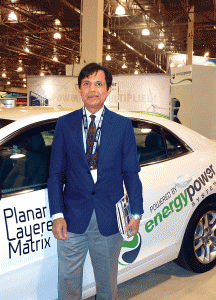

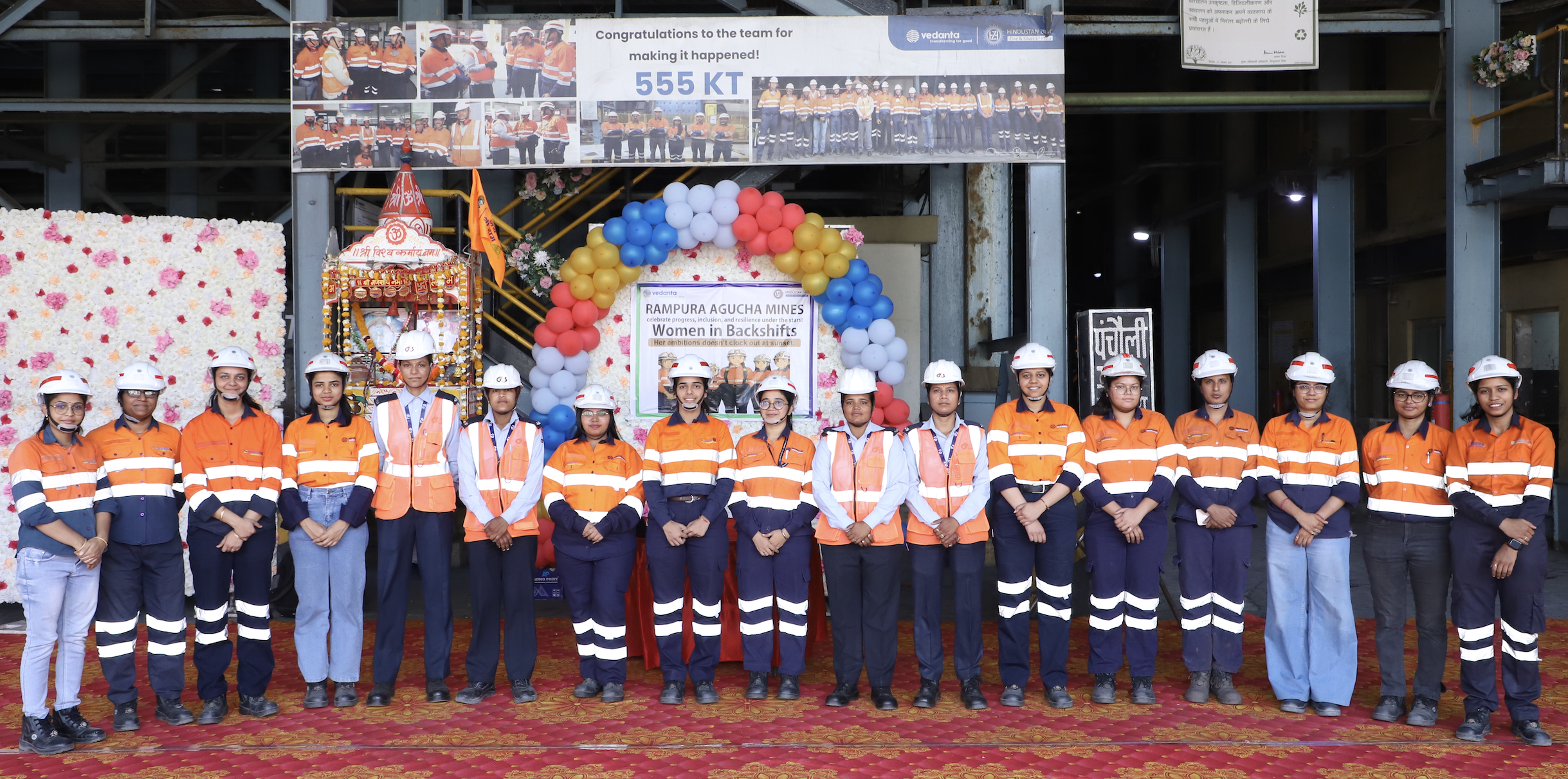
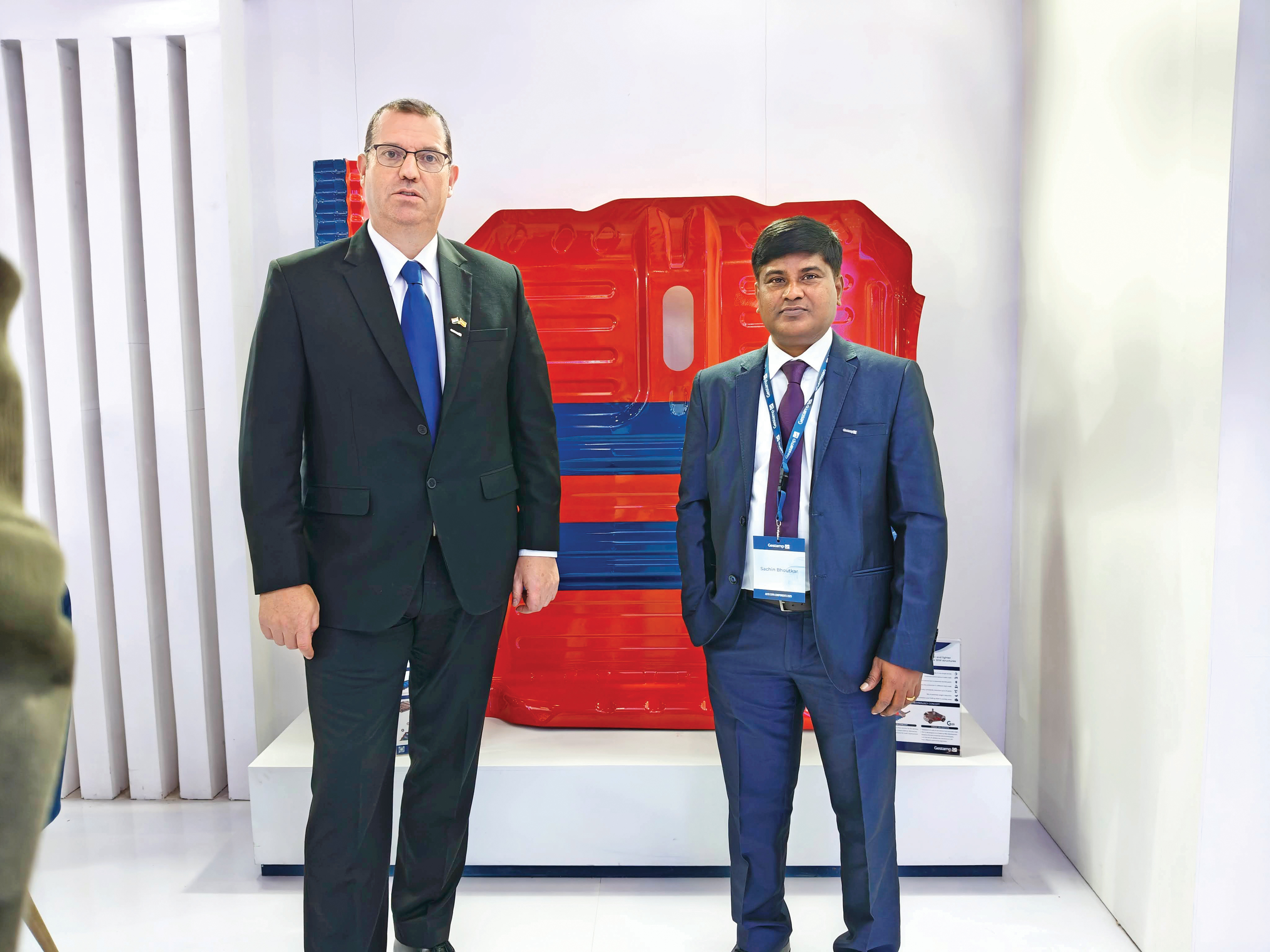


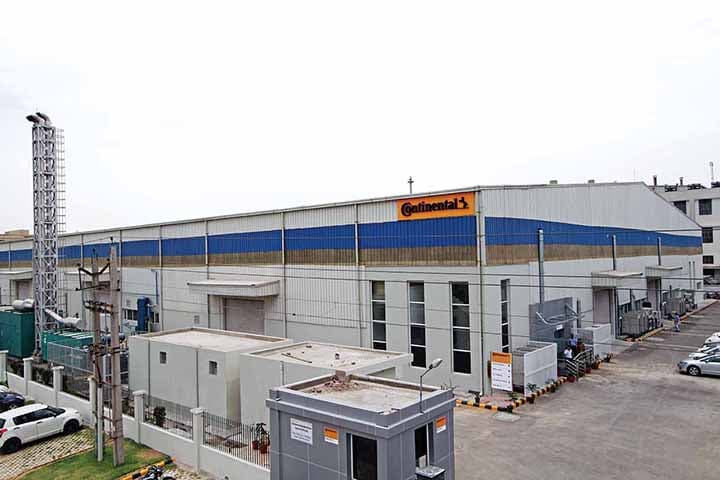

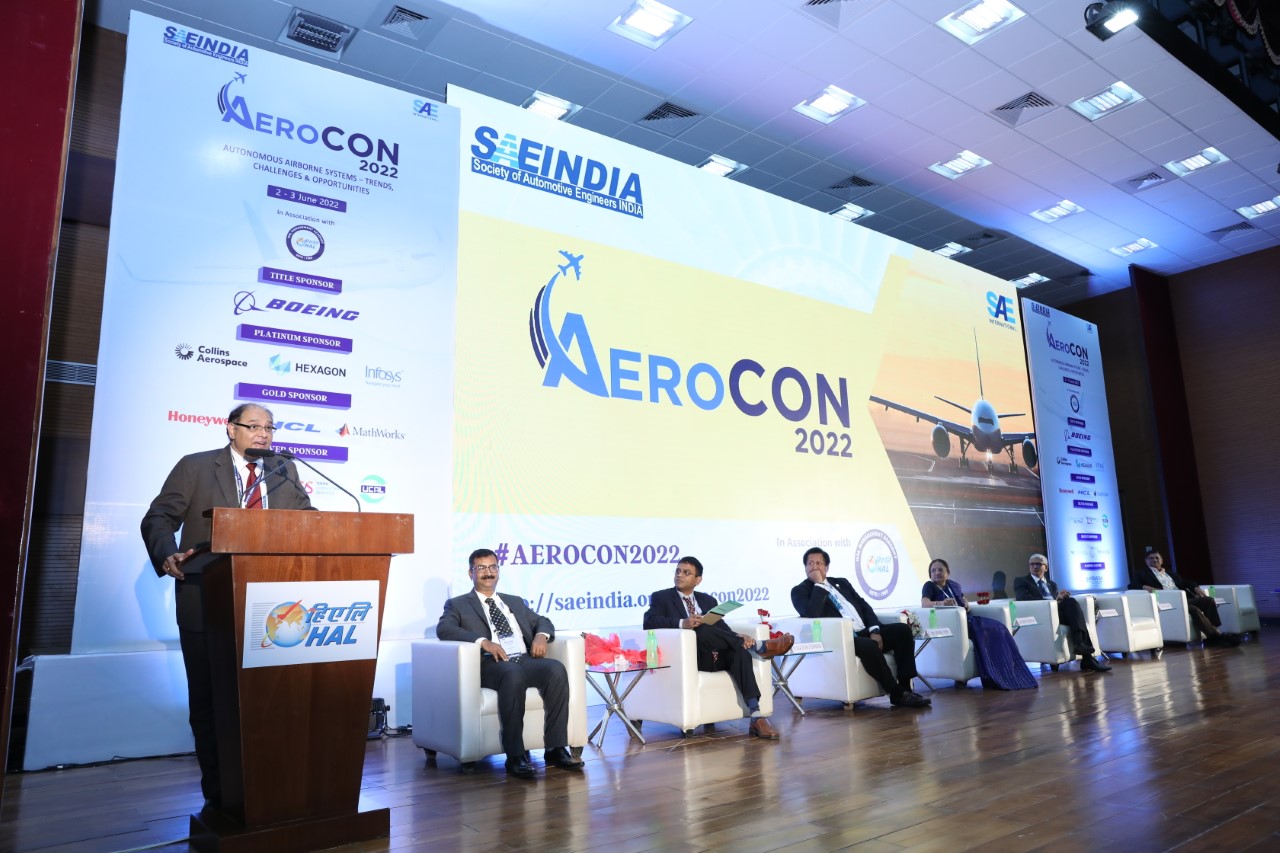


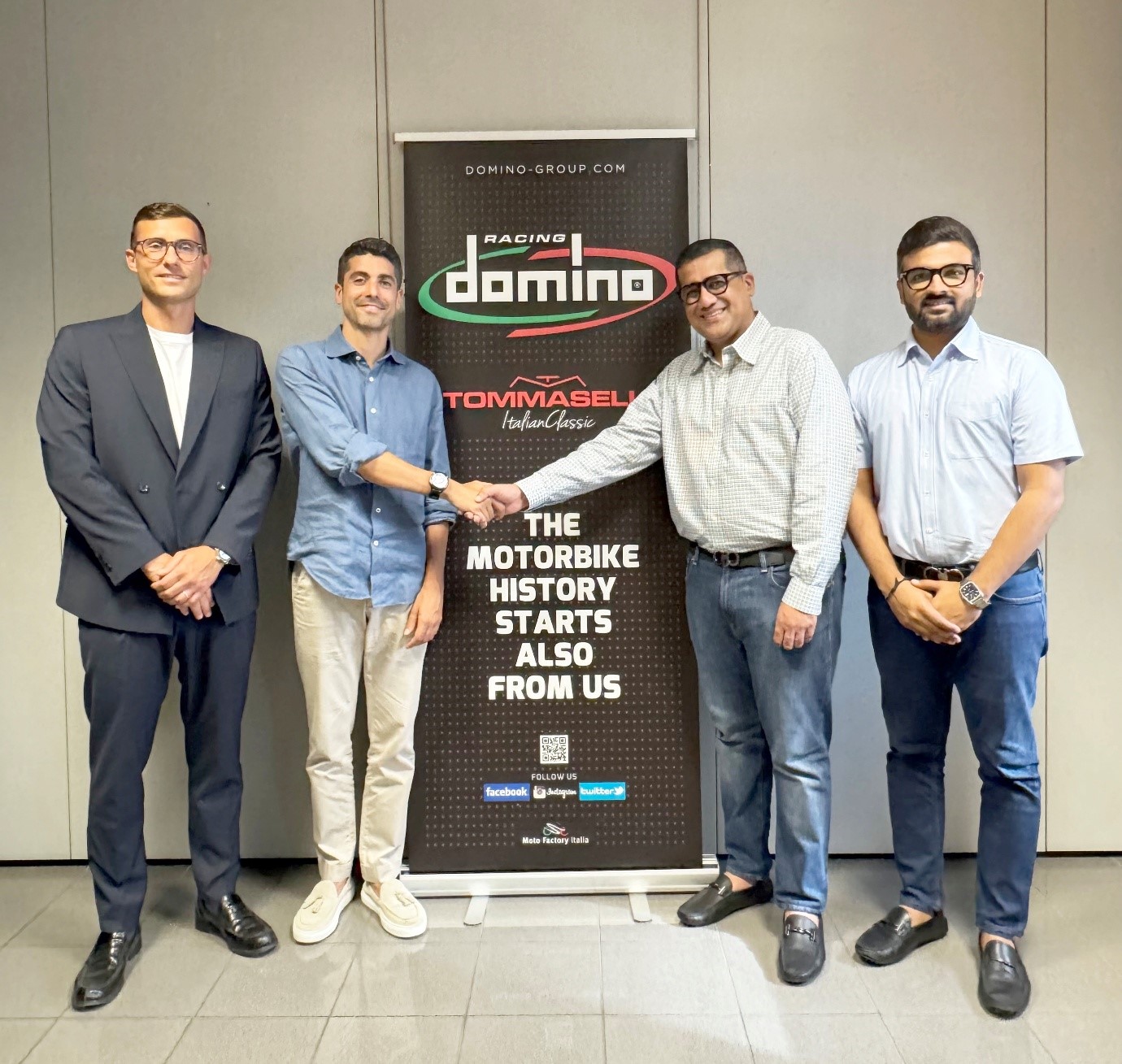
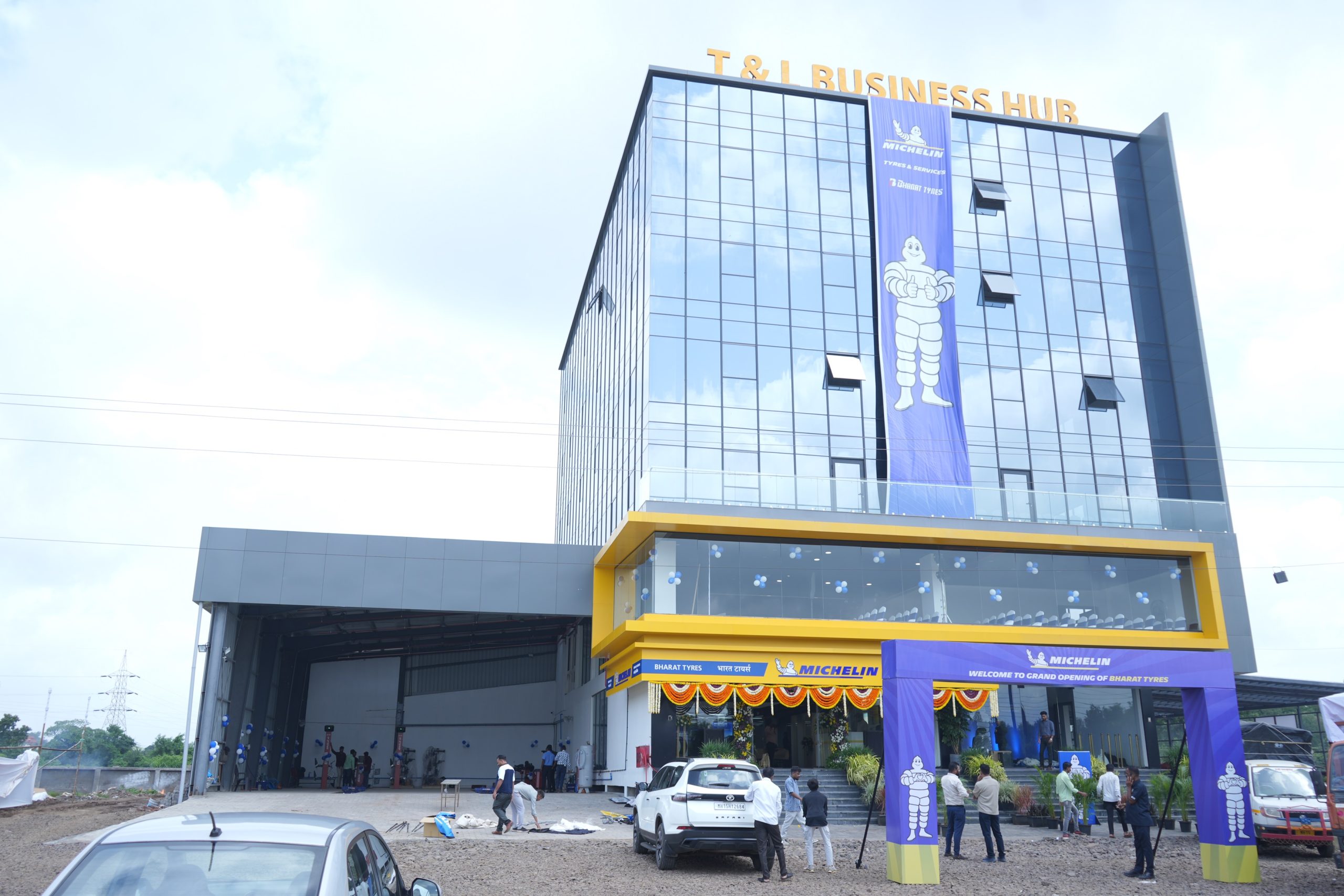
Leave a Reply